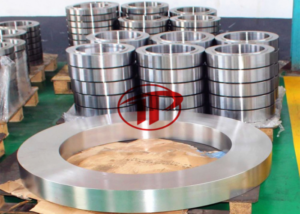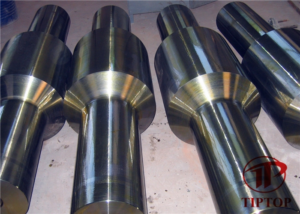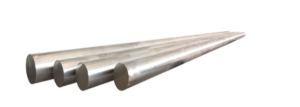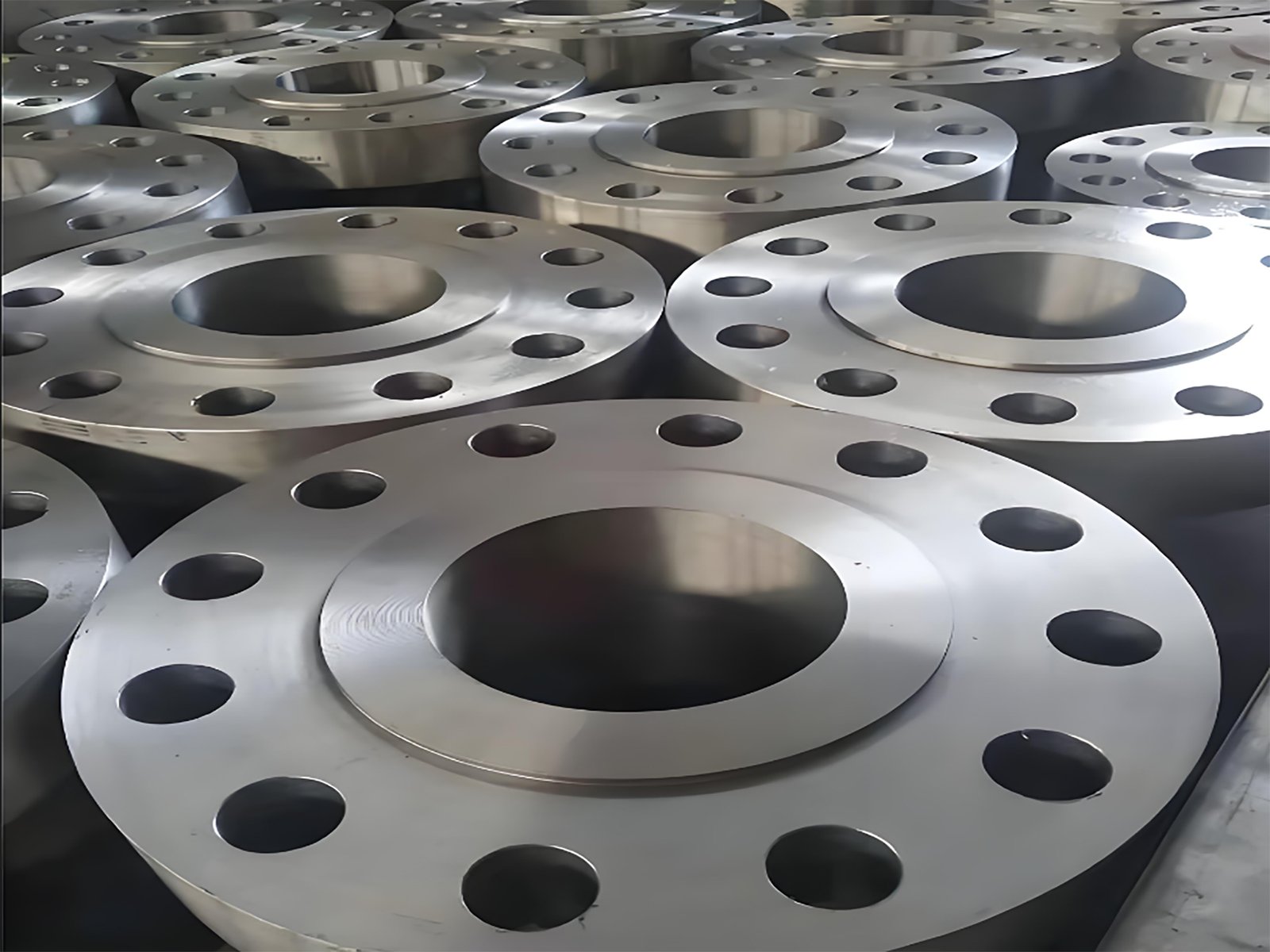Introduction: Why Carbon Steel Matters in Forging
What Is Carbon Steel?
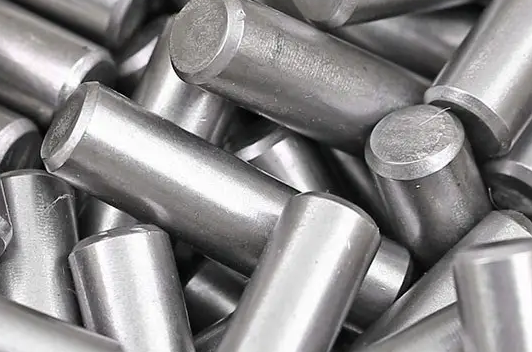
Carbon metal is a broadly used steel alloy composed exceptionally of iron and carbon. It provides an incredible stability between strength, ductility, and affordability, making it a pinnacle preference in the forging industry.
Most Common Carbon Steel Grades in Forging
Low Carbon Steel (e.g., AISI 1010, 1020)
Advantages:
Excellent machinability
High ductility
Low cost
Typical Applications:
Shafts
Bolts
Structural parts
Forged Component Examples:
Automotive brackets
Light-duty gears
Medium Carbon Steel (e.g., AISI 1045, 1050)
Advantages:
Balanced sturdiness and strength
Good warmness treatability
Typical Uses:
Axles
Crankshafts
Connecting rods
High Carbon Steel (e.g., AISI 1080, 1095)
Advantages:
High put on resistance
Exceptional hardness after warmth treatment
Specialized Applications:
Blades
Springs
High-stress tools
Key Differences Between Carbon Steel Grades in Forging
Mechanical Properties (Strength, Toughness, Hardness)
Low carbon steel: Lower power however greater ductility.
High carbon steel: Superior hardness and tensile strength.
Medium carbon steel: Strikes a stability between the two extremes.
Machinability and Forgeability
Low carbon steels are handy to forge and machine.
High carbon steels require cautious temperature manipulate at some stage in forging and may additionally be extra hard to computer due to greater hardness.
Heat Treatment Response
Medium and excessive carbon steels are greater responsive to quenching and tempering.
Low carbon steels exhibit restricted hardening except alloyed.
Corrosion Resistance and Durability
Carbon metal is usually much less corrosion-resistant than alloy or stainless steel. Protective coatings or post-forging redress are regularly required.
How Steel Grades Affect Final Product Performance
Different carbon metallic grades cease end result in a range of tiers of hardness, tensile strength, and warmness resistance. Choosing the perfect grade ensures the solid product performs reliably in its supposed environment.
| Classification | Carbon content range | Main performance characteristics | Typical forging application scenarios |
| Low carbon steel | ≤0.25% | Soft, ductile, with excellent machining performance; low strength, but excellent weldability and plasticity, suitable for stamping and carburizing. | Suitable for low-pressure forgings (such as container plates, stamping parts), carburized parts (such as gears, pins), after carburizing and quenching, the surface wear resistance can be enhanced |
| Medium carbon steel | 0.25%–0.55% | Balanced strength and toughness, slightly lower plasticity and weldability; through quenching and tempering treatment (quenching + tempering), the comprehensive mechanical properties can be significantly improved, suitable for medium load conditions. | Commonly used for medium and high pressure forgings such as shafts, rods, bolts, etc. (working pressure 1.6–6.3 MPa); after quenching and tempering, it is suitable for mechanical parts such as gears and spline shafts |
| High carbon steel | 0.60%–1.0% | Hard and wear-resistant, but low in plasticity and toughness; high hardness and good elasticity after quenching, but poor processing performance, and attention should be paid to brittleness. | Mainly used for high wear-resistant and elastic forgings, such as springs, knives or high-pressure parts; suitable for scenes with high hardness requirements, but mechanical properties need to be tested piece by piece |
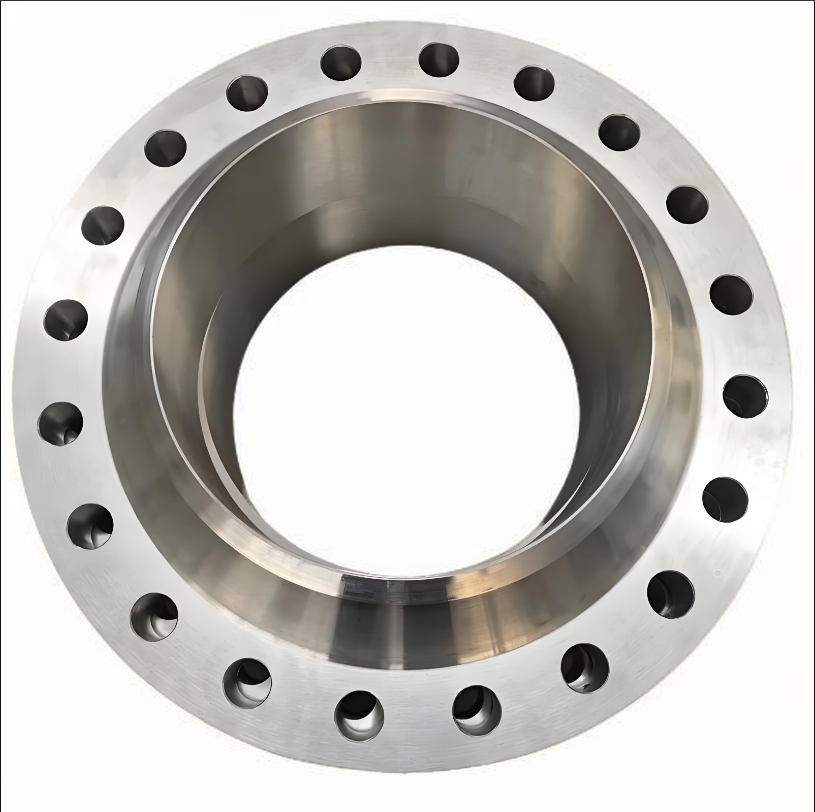
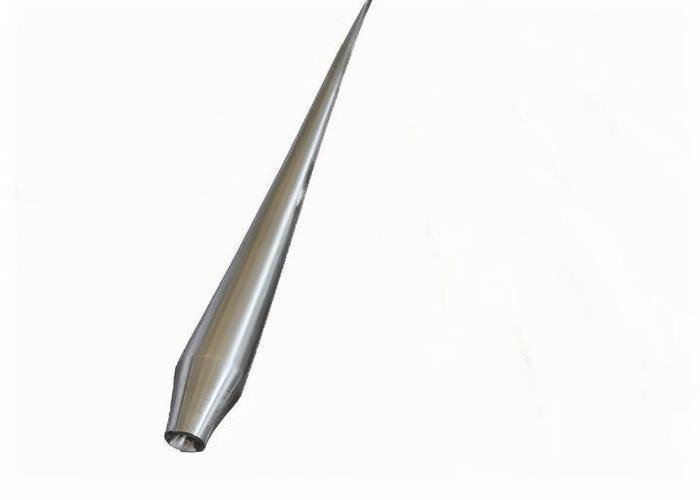
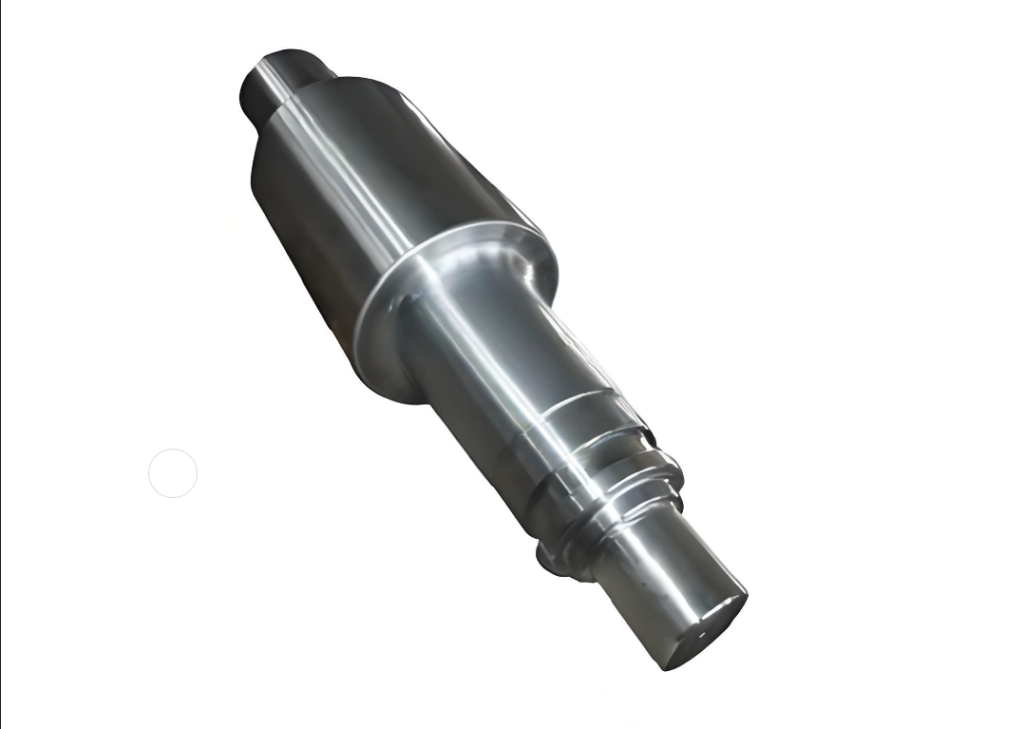
Common Standards and Grades (ASTM, SAE, etc.)
Widely used specs include:
ASTM A29, SAE-AISI 1010–1095: Standardized grades used throughout forging, machining, and structural applications.
How to Choose the Right Carbon Steel Grade for Your Forging Project
Application Requirements (Strength, Wear Resistance, Fatigue)
Start by means of figuring out the practical needs of the part:
Load-bearing? Go for medium/high carbon
Flexible or gentle parts? Choose low carbon
Cost Considerations
Low carbon steels are extra low in cost for mass production.
High carbon steels, whilst extra expensive, furnish long-term sturdiness in annoying environments.
Compatibility With Post-Forging Heat Treatments
Ensure the chosen grade helps the required quenching, annealing, or tempering tactics to meet closing property specifications.
Consult With Experts to Ensure the Right Choice
For essential parts, usually seek advice from with a forging professional who knows metallurgical conduct and enterprise standards.
Summary Table: Carbon Steel Grade Comparison
| Grade | Carbon Content | Typical Hardness (HRC) | Common Applications | Heat Treatable? |
| AISI 1010 | ~0.10% | 5–10 | Bolts, tubing | Limited |
| AISI 1020 | ~0.20% | 10–15 | Shafts, pins | Limited |
| AISI 1045 | ~0.45% | 20–30 | Gears, axles | Yes |
| AISI 1050 | ~0.50% | 25–35 | Couplings, spindles | Yes |
| AISI 1080 | ~0.80% | 50–60 | Springs, knives | Yes |
| AISI 1095 | ~0.95% | 55–65 | Cutting tools | Yes |
Conclusion and Key Takeaways
Key Points to Remember When Selecting a Carbon Steel Grade
Match grade to mechanical and operational demands
Consider forging ease, warmth therapy compatibility, and cost
Use enterprise requirements like SAE or ASTM as guidance
Contact a Forging Expert for Final Recommendations
Whether you are producing giant aspects or precision parts, partnering with a forging expert ensures the fantastic fabric decision and overall performance outcomes.

